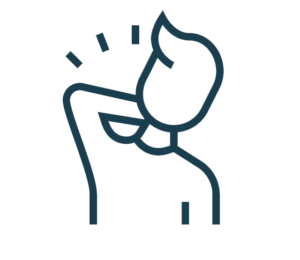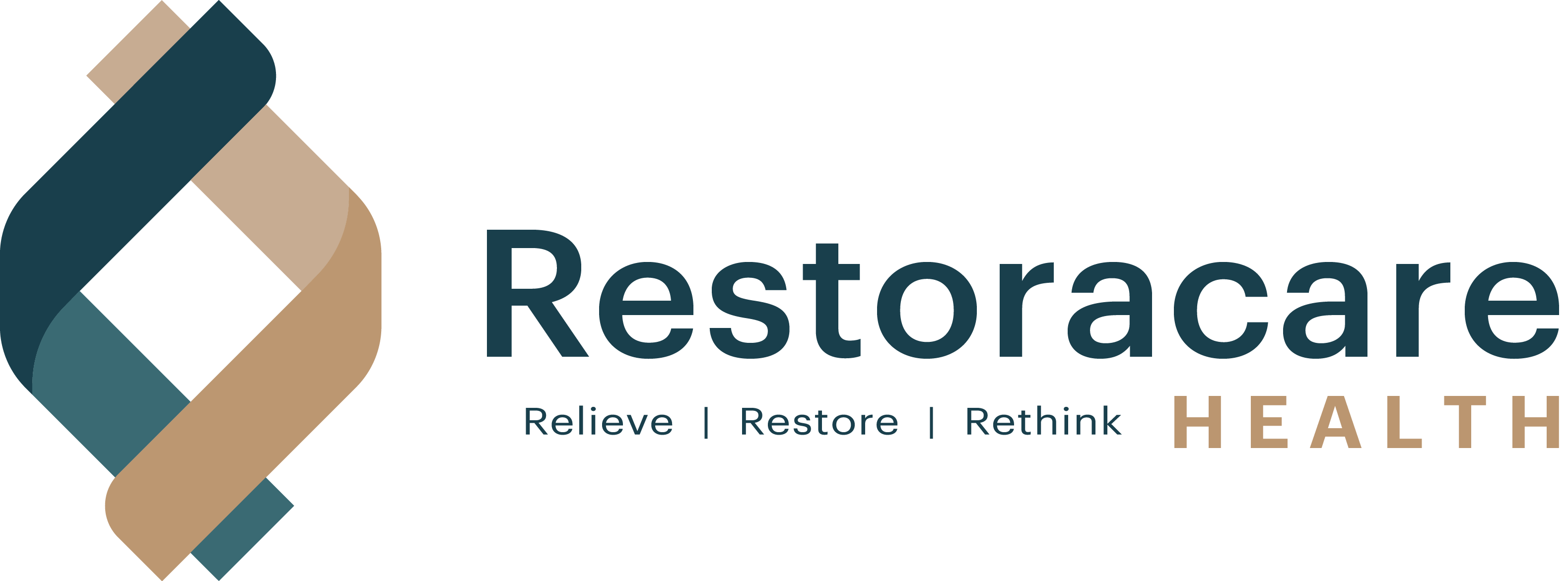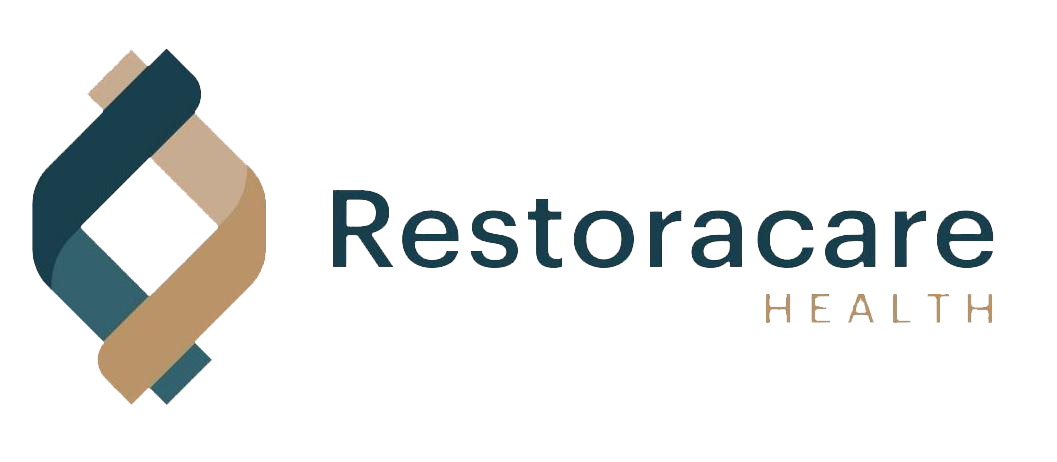Common Neck Conditions we treat:



Neck Pain and Stiffness
The neck is a very delicate area and can become injured during an accident or commonly can succumb to the strain of everyday life. Poor posture or ergonomics can place a heavy strain on our neck muscles. Straining the neck often leads to stiffness and a restriction of neck movements which can lead to increased pain, headaches, and an inability to fully rotate or move the head.
Symptoms:
• Pain in the middle or side of the neck that extends to the shoulder or chest
• Pain or weakness in the arms
• Frequent headaches
• Pain when trying to move the neck muscles, especially after waking up
• Limited range of motions
When to see a Clinician:
If your neck pain persists for more than a couple of days and is not getting better. Try using heat, ice or over the counter medications. For immediate relief to get back to your normal, see a chiropractor, physical therapist or registered massage therapist.
What treatment to Expect:
• An assessment to identify the level of muscle and joint tension in your neck and body
• Deep/soft muscle stretching and pressure to alleviate pressure in the mid back, neck and head areas.
• Electric stimulation or acupuncture may be applied to the surrounding areas to loosen the area
• Gradual rehab exercises with an emphasis on strengthening and stability for prevention
Headaches
This is a complicated umbrella with over 150 types of headaches. We will focus on our specialty: tension headaches, migraine headaches, and cervicogenic headaches. There may be many causes to headaches and it’s important to let you know that we are looking for common sources in the neck and shoulders that correlate to high muscle tension.
Symptoms:
• Painful headache in the temples, frontal region of the forehead, back of the skull, or behind the eyes
• Headaches that relieve temporarily when taking medications such as ibuprofen or acetaminophen
• Recurring headaches that are not increasing in intensity or getting worse
• Headaches that have been seen by your medical physician and/or had a clear imaging result (IE: CT, MRI)
• Chronic or recurring high level of stress and neck/shoulder muscle tension
When to see a Clinician:
If you’ve tried taking over-the-counter medications with only some temporary relief or that the headaches are recurring more frequently, then it’s probably time to see a chiropractor, physical therapist or registered massage therapist for some muscular relief that can alleviate your headaches.
What treatment to Expect:
• Determining if there is a correlation of high muscle tension in the surrounding neck, jaw, and shoulder areas
• Addressing other factors including drugs, level of activity, nutritional and sleep hygiene
• Deep/Soft Tissue Stretching and pressure to the neck, upper back, and shoulder areas
• Electroacupuncture and electrical stimulation in the surrounding areas may be considered
• Gradual rehab exercises including developing a stretching and strengthening protocol
Peripheral Nerve Entrapments (Neck)
This is caused when a nerve in the neck that extends down into your hand becomes compressed by surrounding tissues, causing acute or chronic pain that may include numbness or weakness in the arms or hands. It can happen from a pre-existing injury or through repetitive strain.
Symptoms:
• Pain in the neck that extends to the shoulder or chest
• Pain, weakness or numbness in the arms
• Pain or numbness when trying to move the neck muscles, especially after waking up
• Limited range of motion in arm and neck
When to see a Clinician:
If your symptoms have persisted for more than 5 days and you’ve tried everything to alleviate your condition or if you start experiencing weakness in the arms. Consulting a chiropractor or physical therapist who will help identify the location of the compression is the solution to resolving your symptoms.
What treatment to Expect:
• An assessment to determine the location of the compression/impingement
• Releasing the affected muscles and joints to free up space – this will help with the symptoms
• Electrotherapy and acupuncture may be used to further loosen up the area


